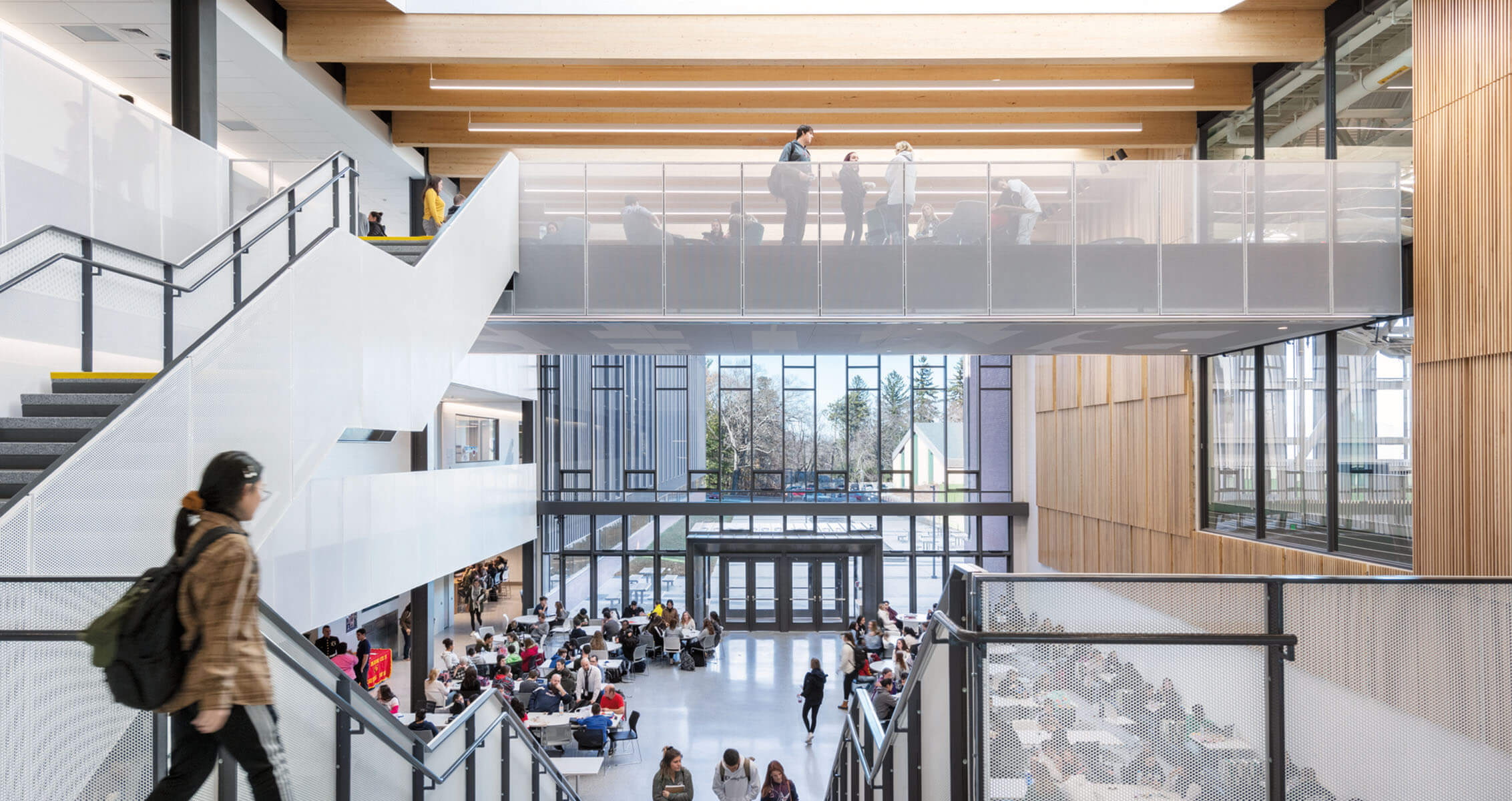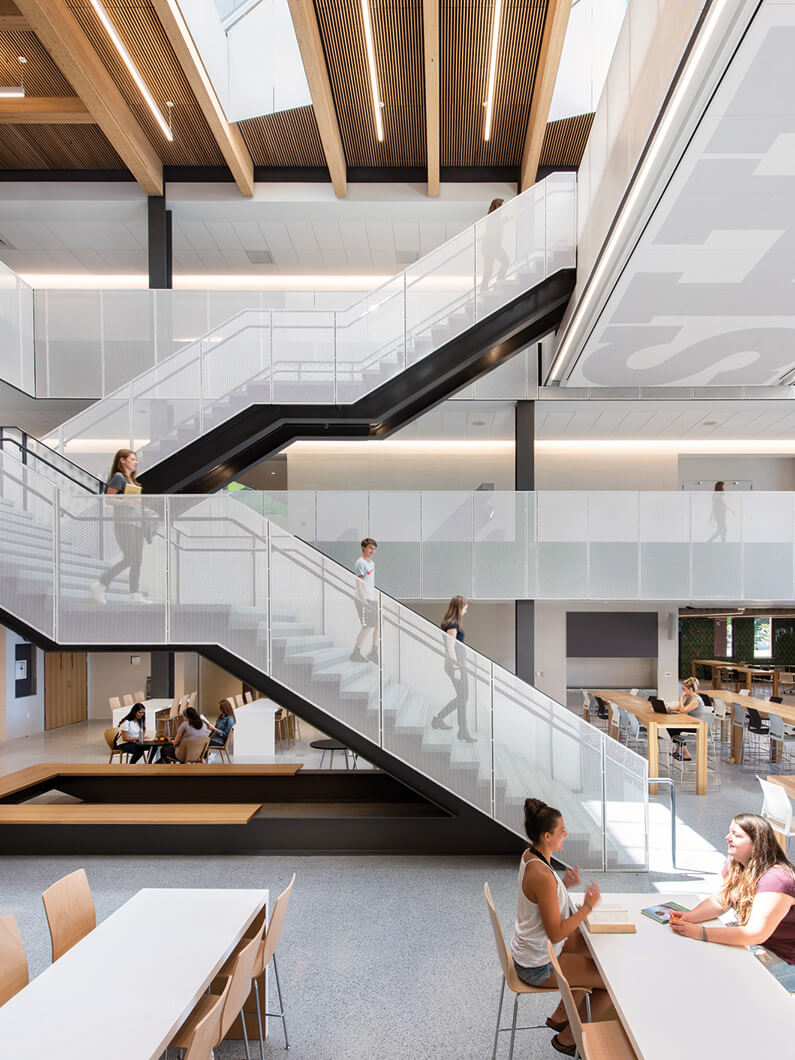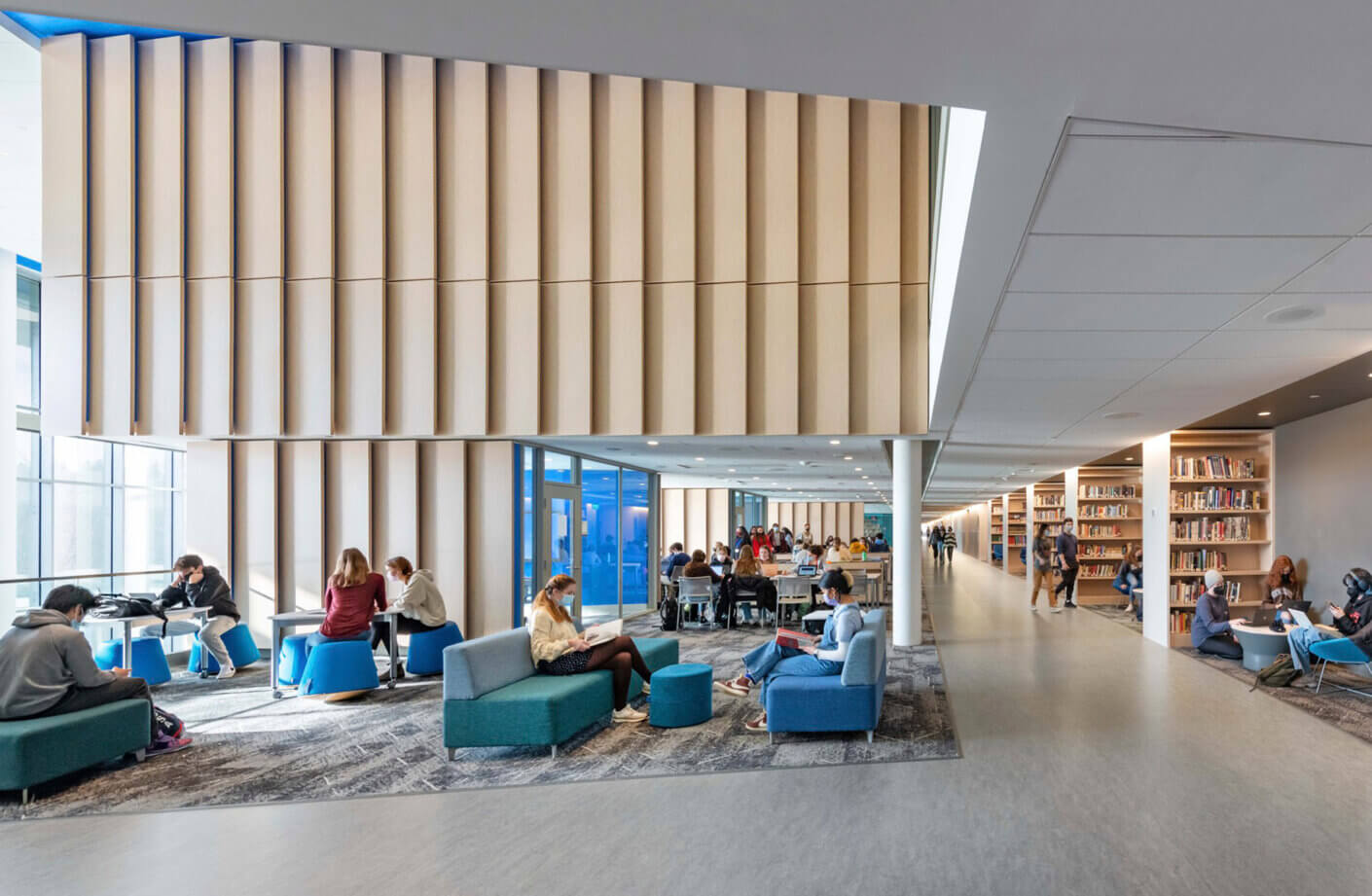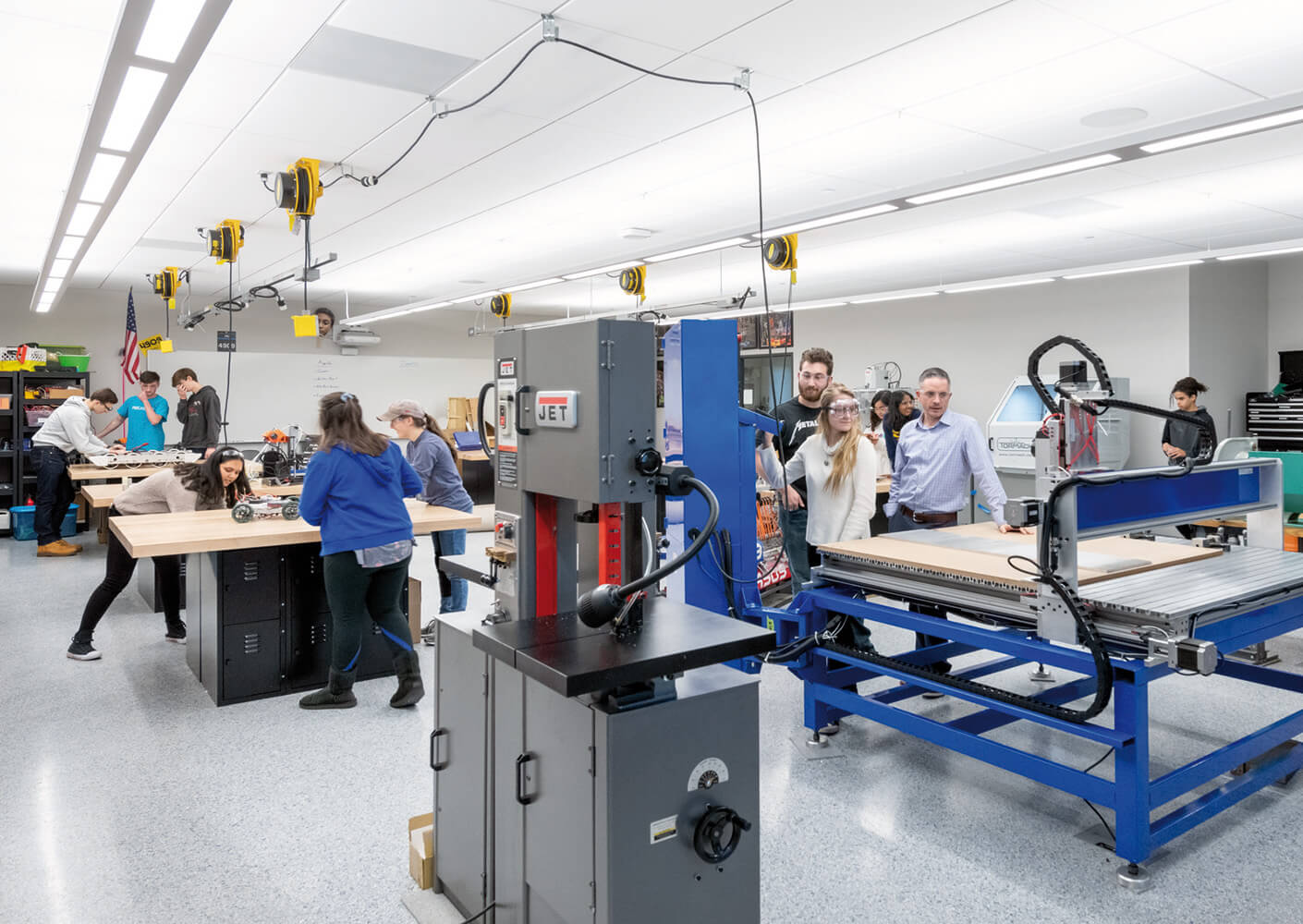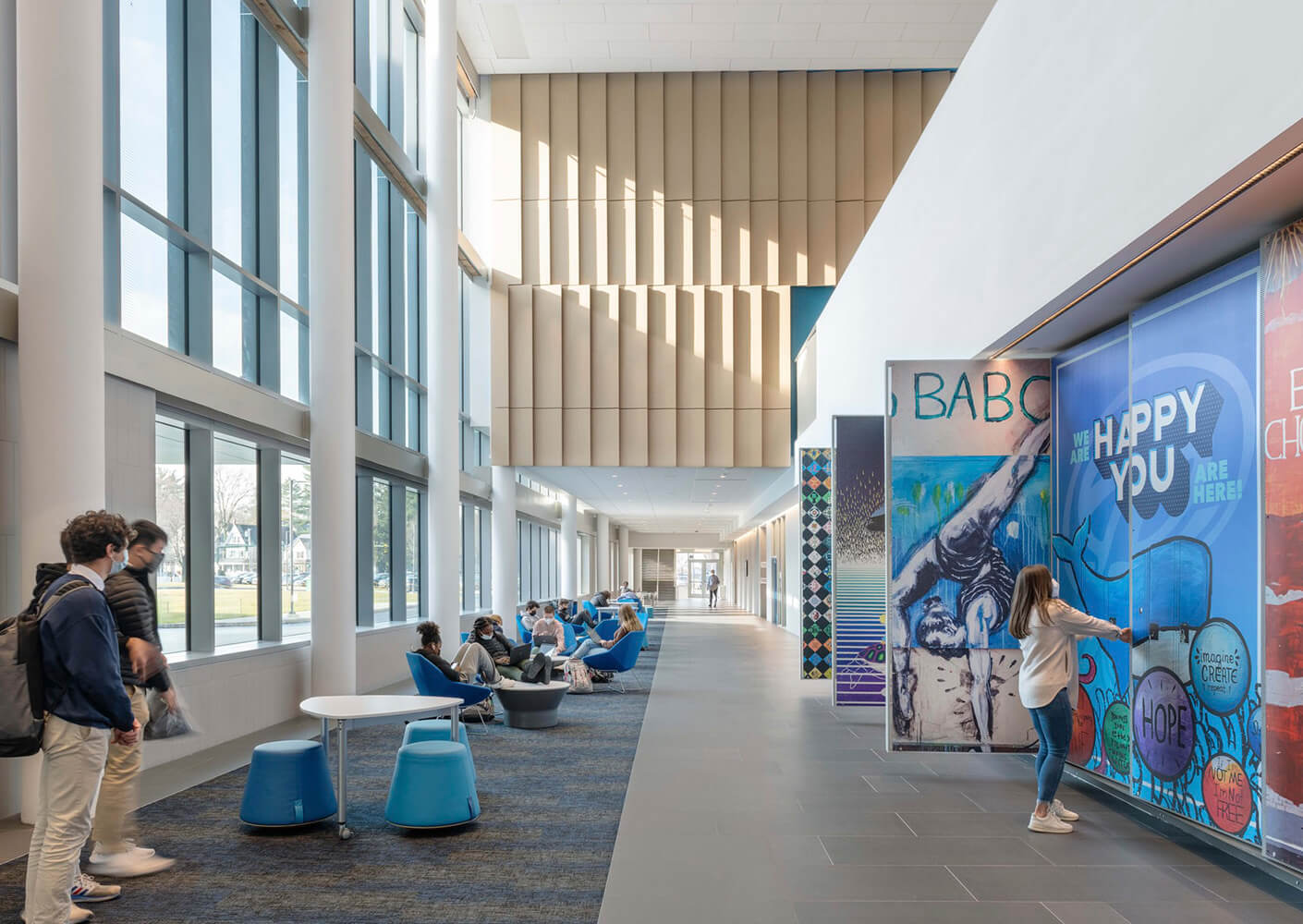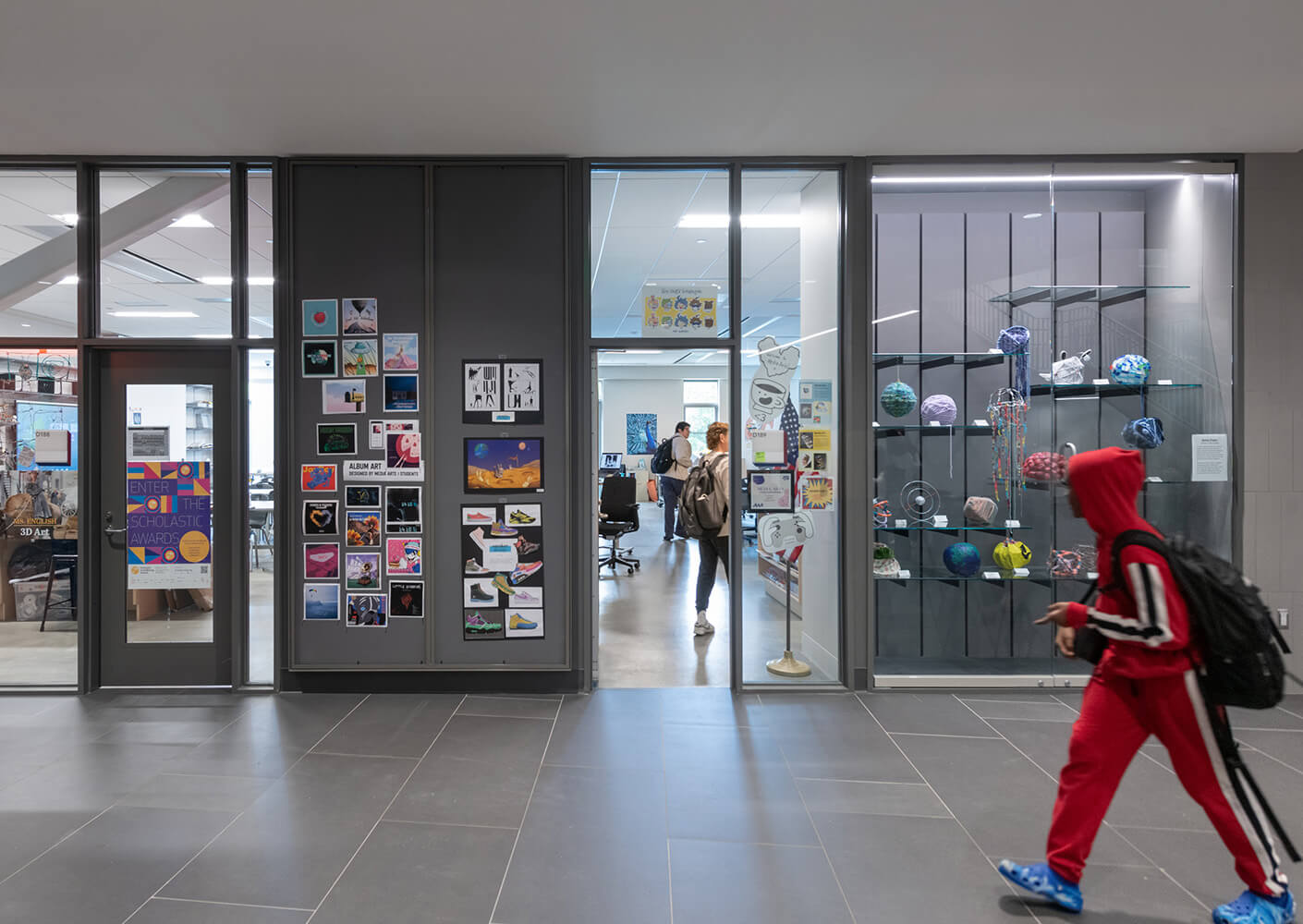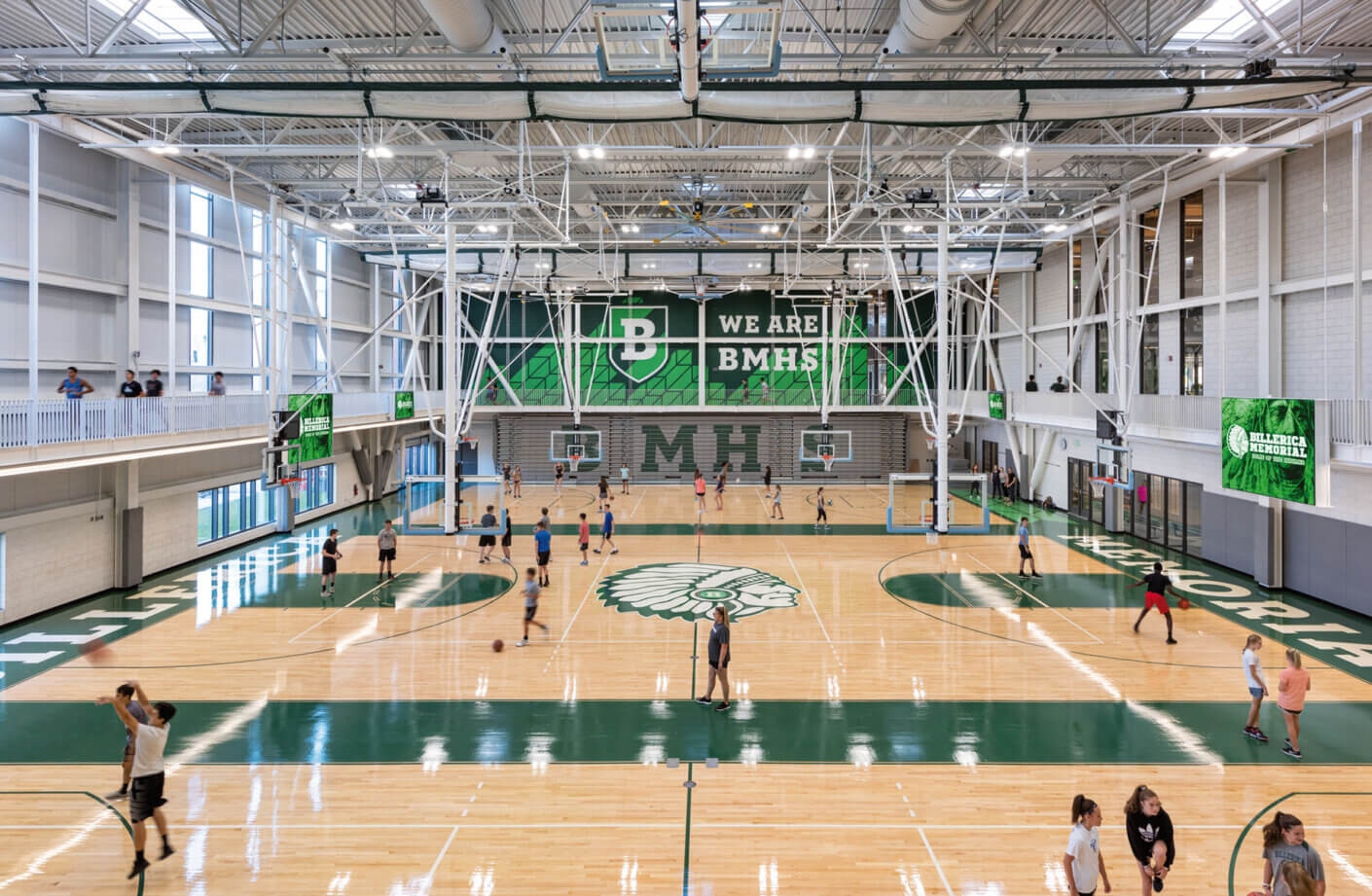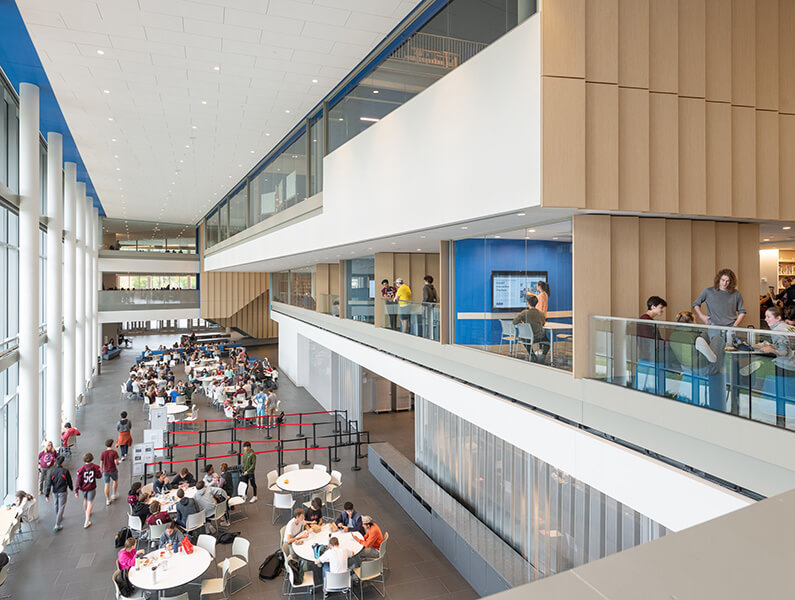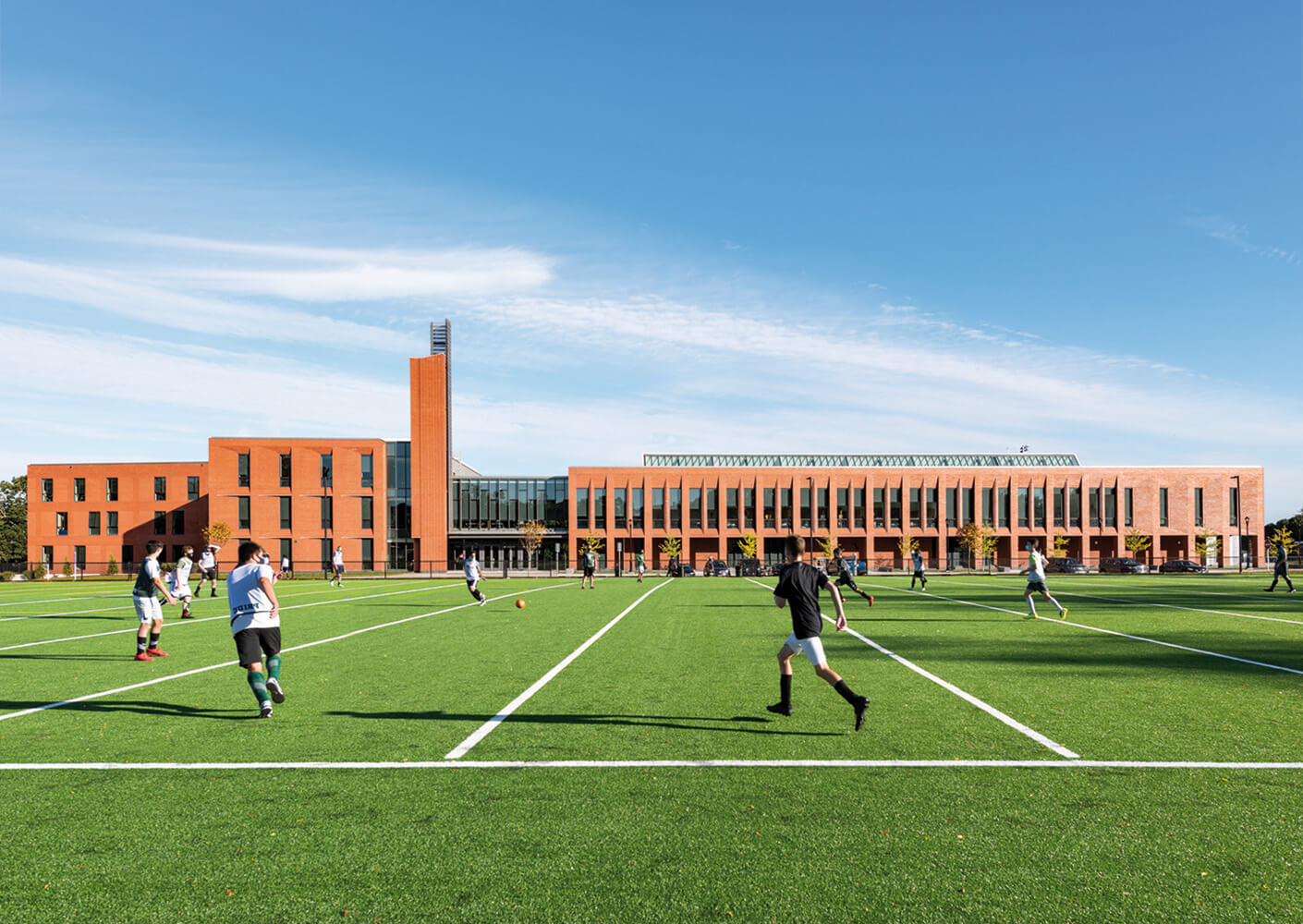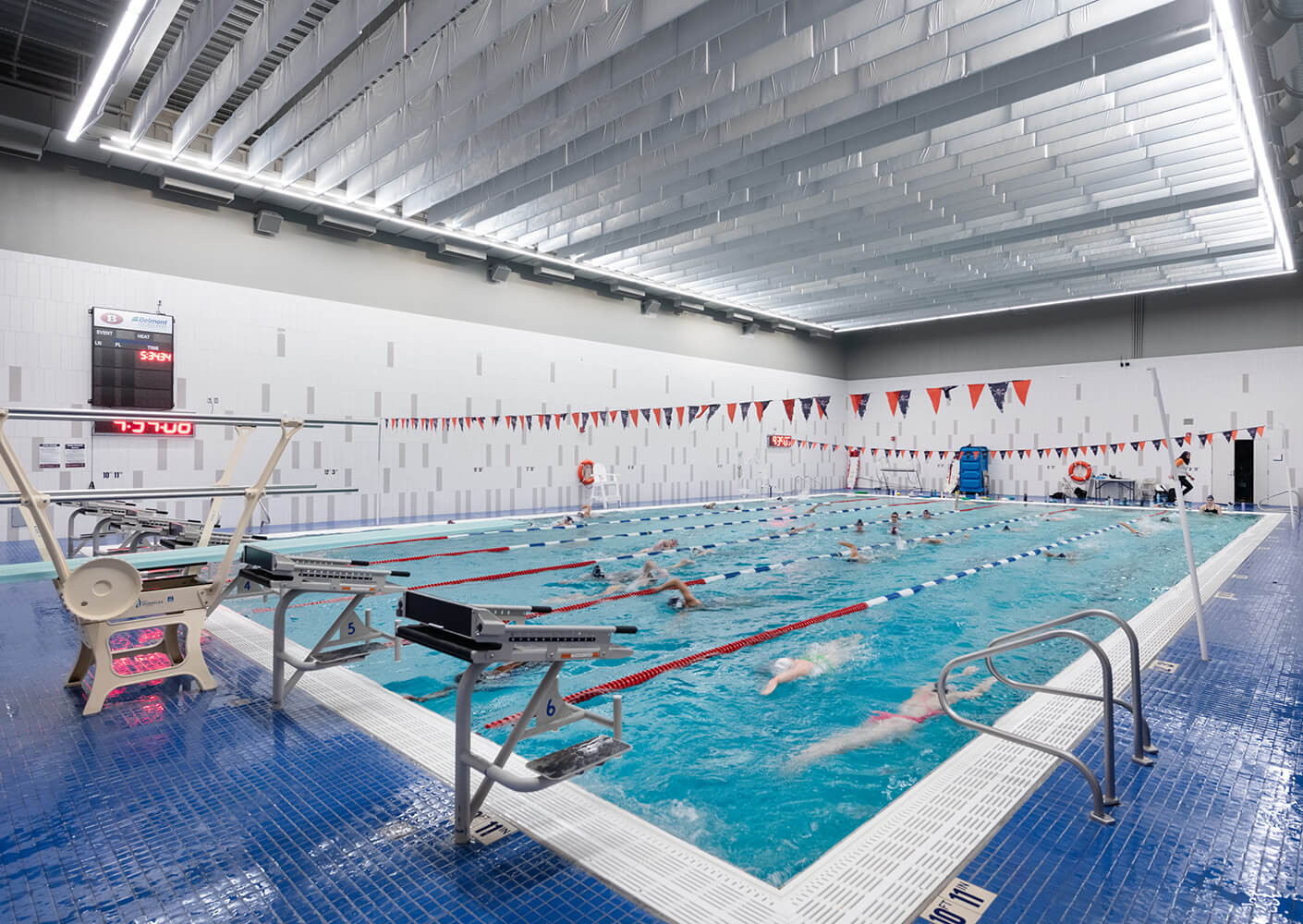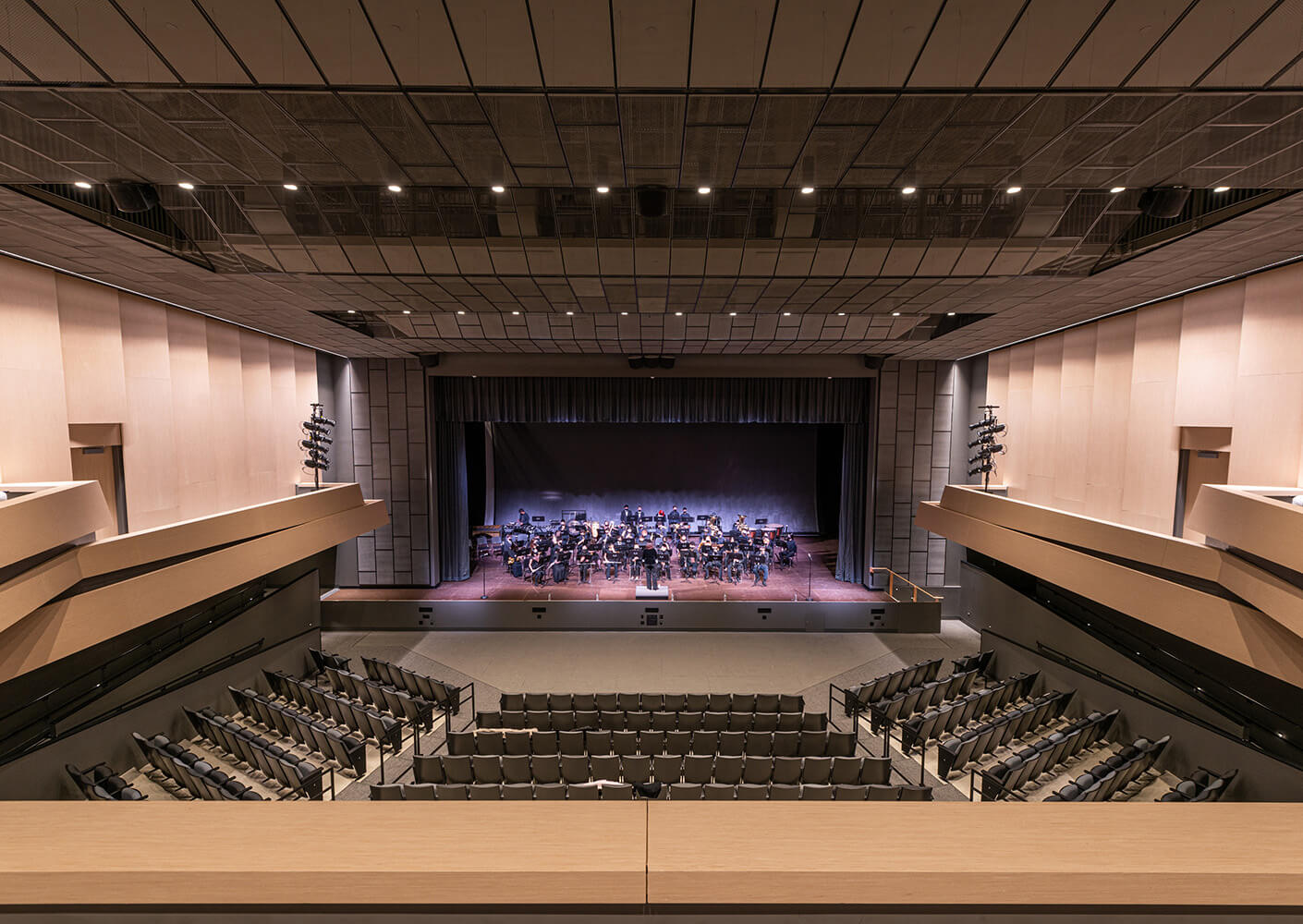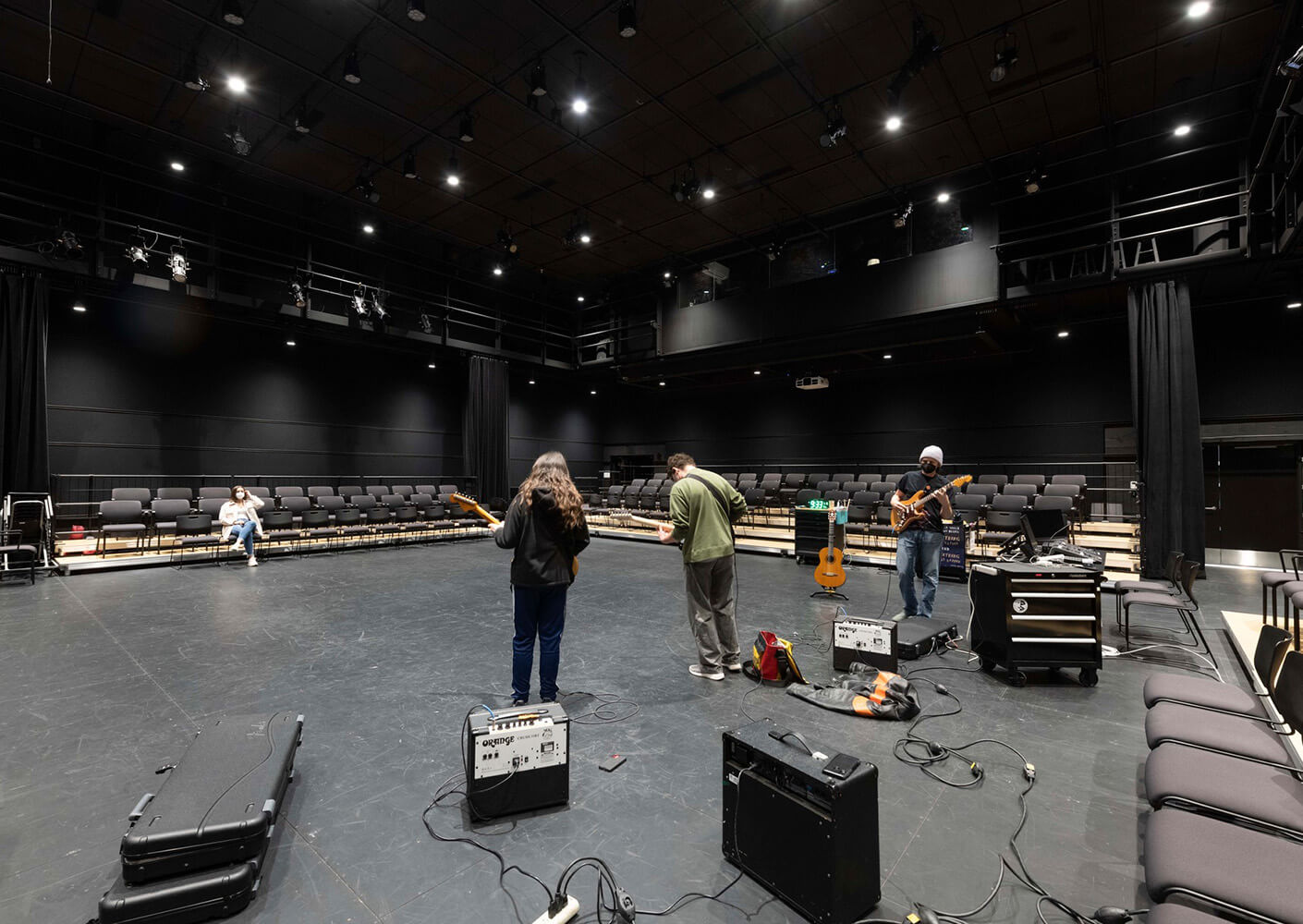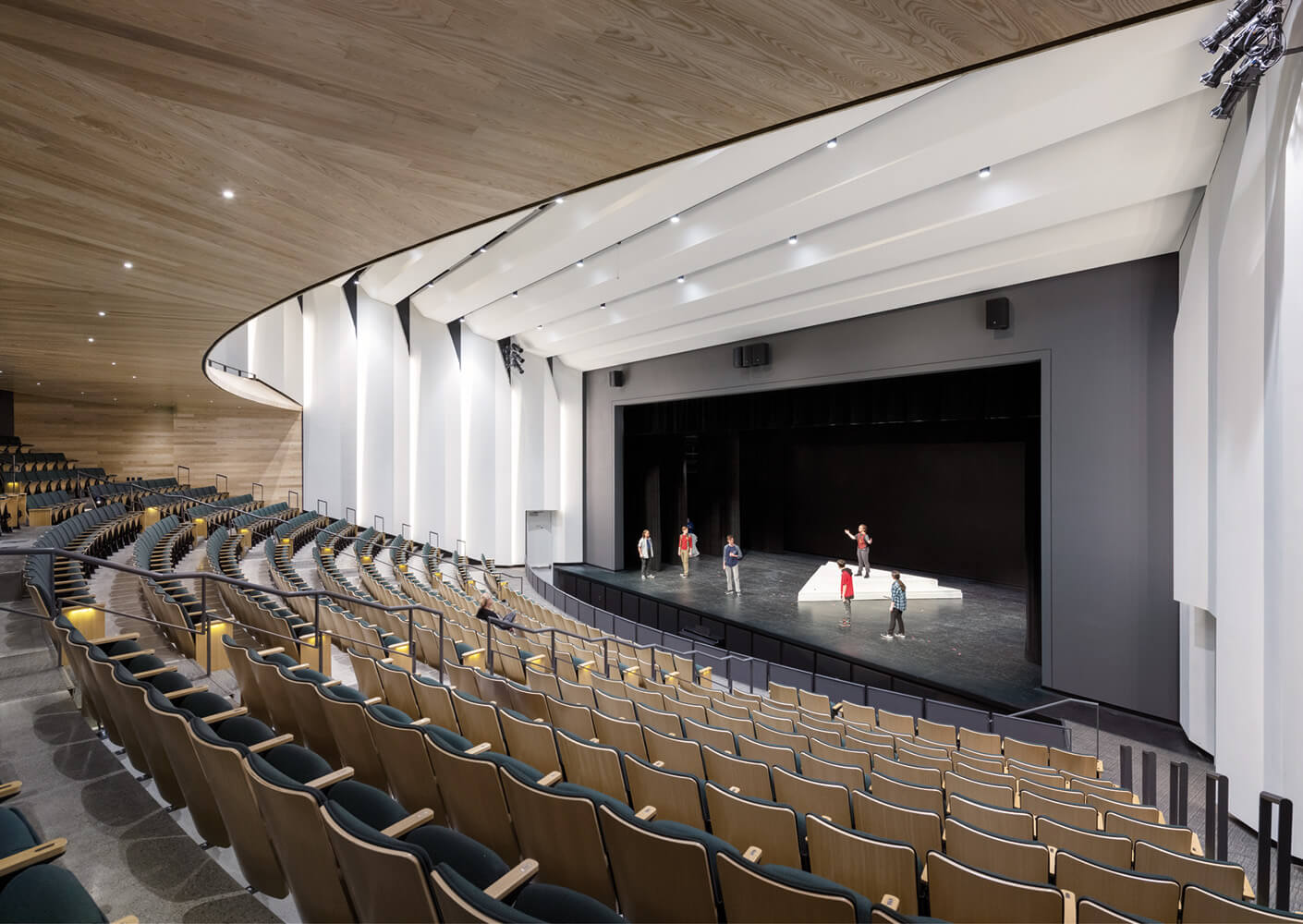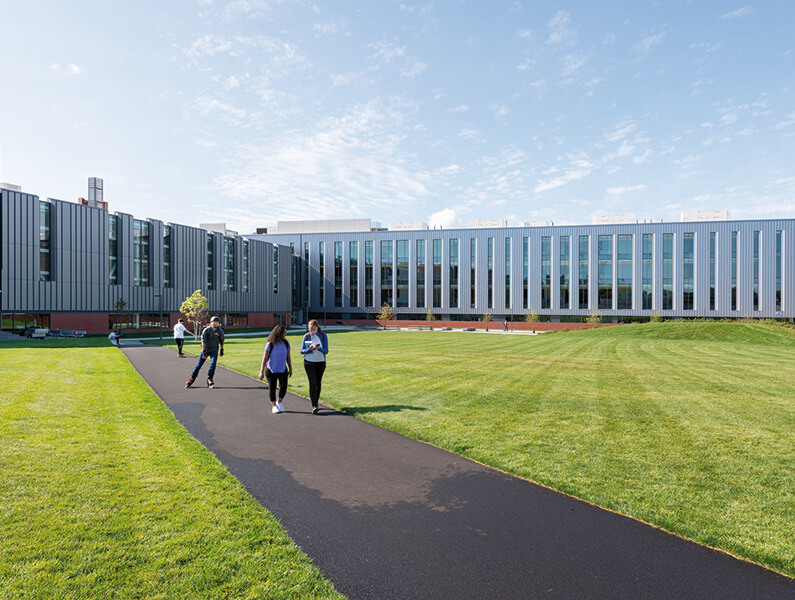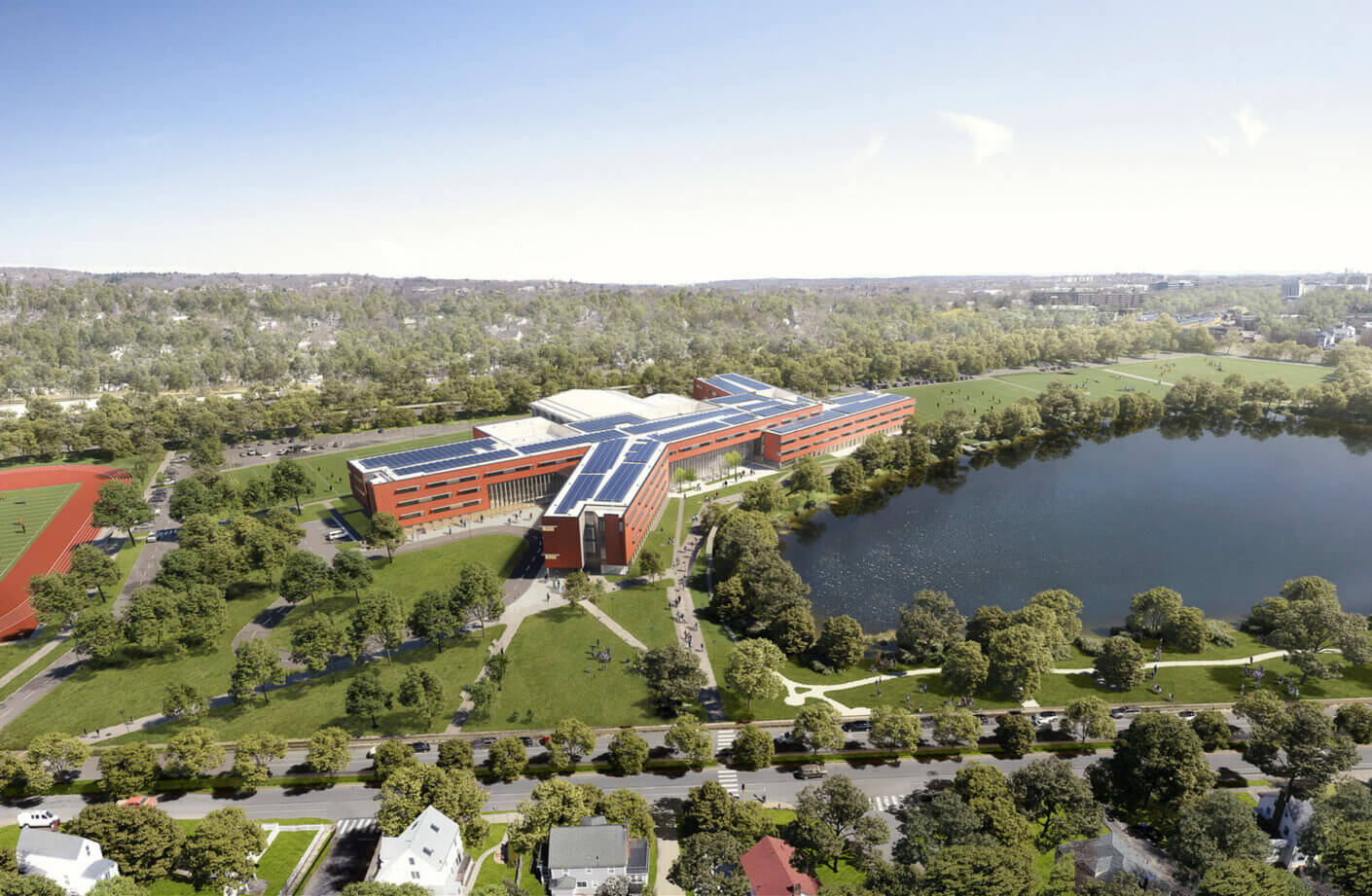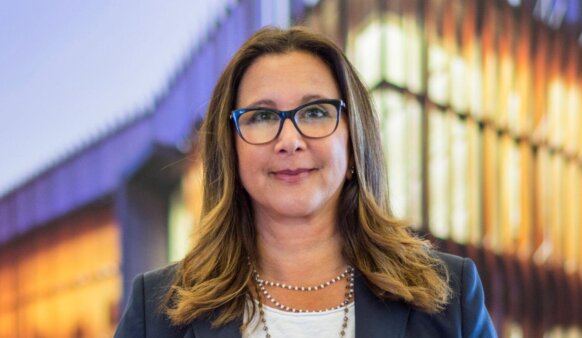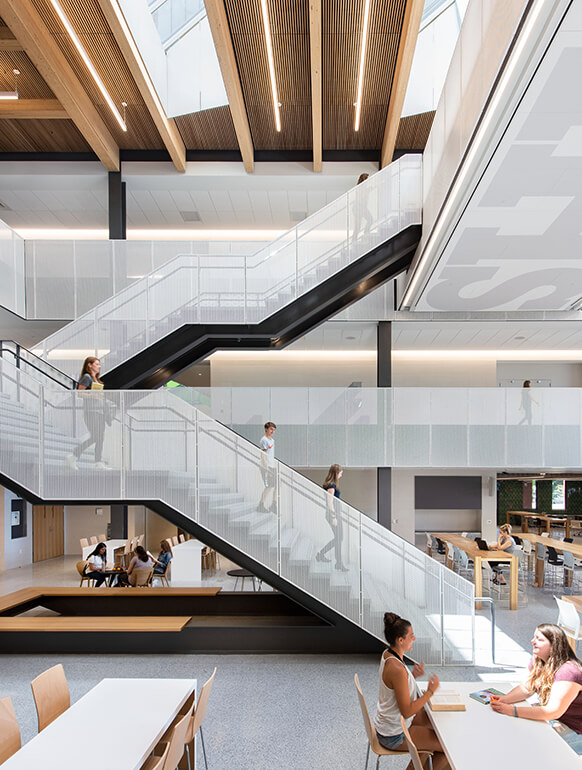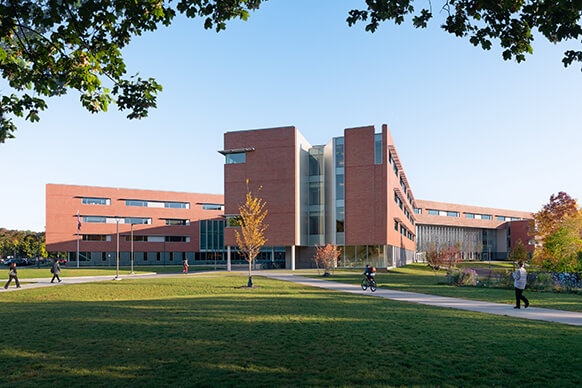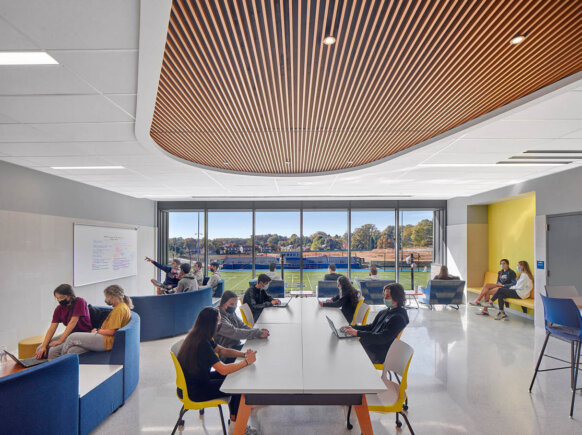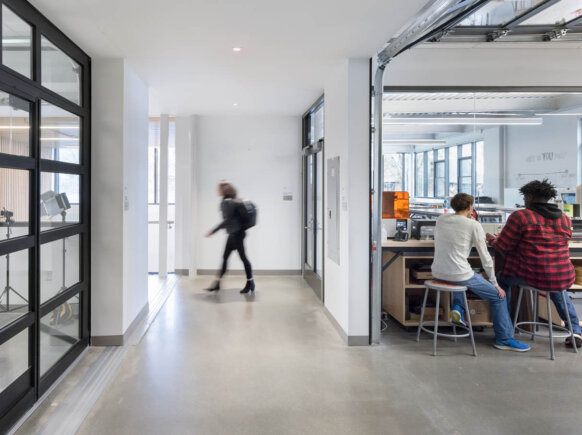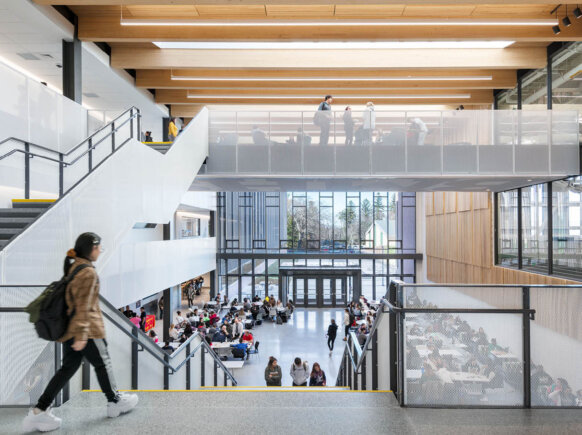Public schools are often a community’s most significant public investment, and with thoughtful planning, they can deliver both tangible and intangible benefits. The right approach can result in spaces that foster a strong sense of belonging, uplift the broader community, and transform the perception of a place to become a source of shared tradition, generational gathering, and emotional connection. Beyond its educational mission, a school can serve as a community hub by offering services that may be lacking elsewhere.
As schools feature a diverse mix of spaces rarely found in other civic buildings—auditoriums, gymnasiums, cafeterias, technology labs, art studios—they can host a myriad of programs, from adult education and essential services to community meetings, performances, and athletic events, long after the final bell rings. Increasingly, schools are being asked to serve as flexible, multi-use resources for people of all ages and backgrounds. As architects, we see this as an opportunity to design buildings that go beyond their intended function, acting as pillars of civic life. When planned intentionally, schools can become vital anchors that support connection, identity, and resilience for their communities.
Intentional Engagement, Tailored Solutions
Many communities lack inclusive, affordable, and state-of-the-art spaces, particularly in under-resourced areas where access to libraries, recreation centers, multipurpose performance venues, or cultural space is limited or entirely absent. Regardless of a project’s scope or budget, several key spaces can make an immediate impact, along with critical design strategies that enhance accessibility and maximize functionality.
In three recent Massachusetts projects—Belmont Middle and High School, Billerica Memorial High School, and Salem High School—we collaborated closely with school leadership, community partners, and students to understand the diverse populations each building would serve and to identify strategies that support their unique needs and community vision.
